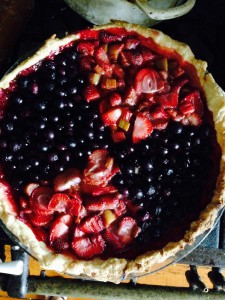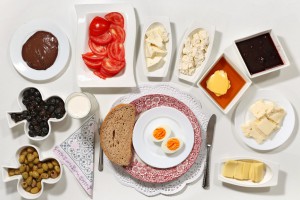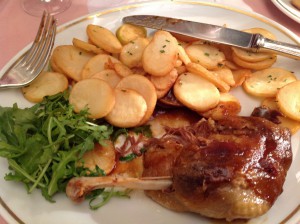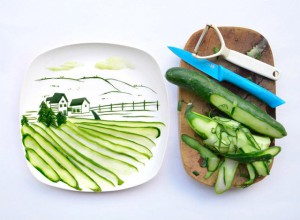tex·ture /ˈteksCHər/ noun
- the feel, appearance, or consistency of a surface or a substance.
|
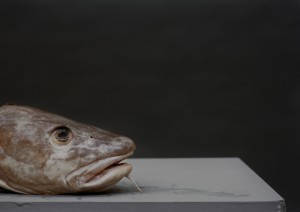
Olivier Richon, The Temptation of Saint Anthony, 2012 (from http://ibidprojects.com/olivier-richon-6/)
This week we were introduced to the wet-plate collodion process of mid-nineteenth century photography. The photo historian Helmut Gernsheim once referred to this collodion era as the “culinary period” of photography (Gernsheim, 1969, 258). Aside from the sticky collodion that photographers like Roger Fenton and Mathew Brady applied to their glass plates, photographers tried all sorts of ingredients to keep the collodion moist for longer periods of time, including treacle, malt, raspberry juice, milk, licorice juice, chestnut juice, beer, tea, and coffee.
For this week, I ask you to think about the idea of texture in food, and how does one capture texture in a photograph. The key to communicating texture in photography is to pay careful attention to detail. In this week’s post, you get to practice taking a photograph, re-sizing it, and uploading it to our class website. For example, look at the photograph by contemporary photographer Olivier Richon and note how it gives you a strong sense of the texture of the fish. Take a food-related photo (something you made or saw), resize it (follow the directions on how to resize you photo to smaller than 600 to 700 pixels here) and upload your photo to the class site with a short passage describing the texture of your photo.
Lastly, this week we also talked about the albumen process that makes use of egg whites. What happened to all those egg yolks? You can click here to see a recipe for a 19th-century photographer’s cheesecake.
My apologies for the late posting, I thought I already posted this week’s discussion topic. Because of the delay, I have extended the deadline for posting by another week.
PLEASE SUBMIT YOUR POSTS BY MONDAY OCTOBER 6, 2014.

